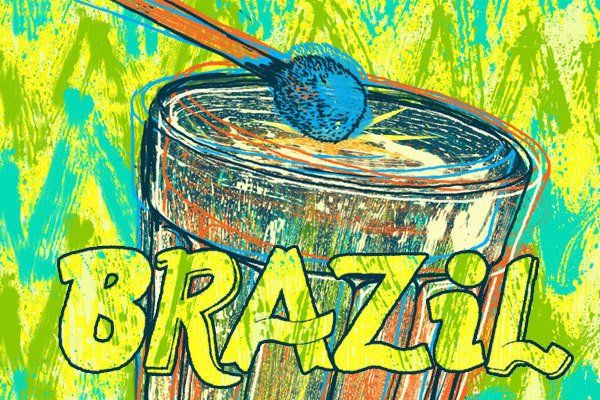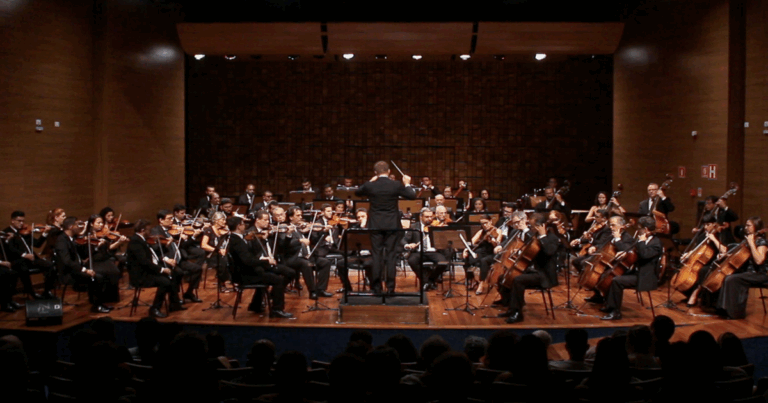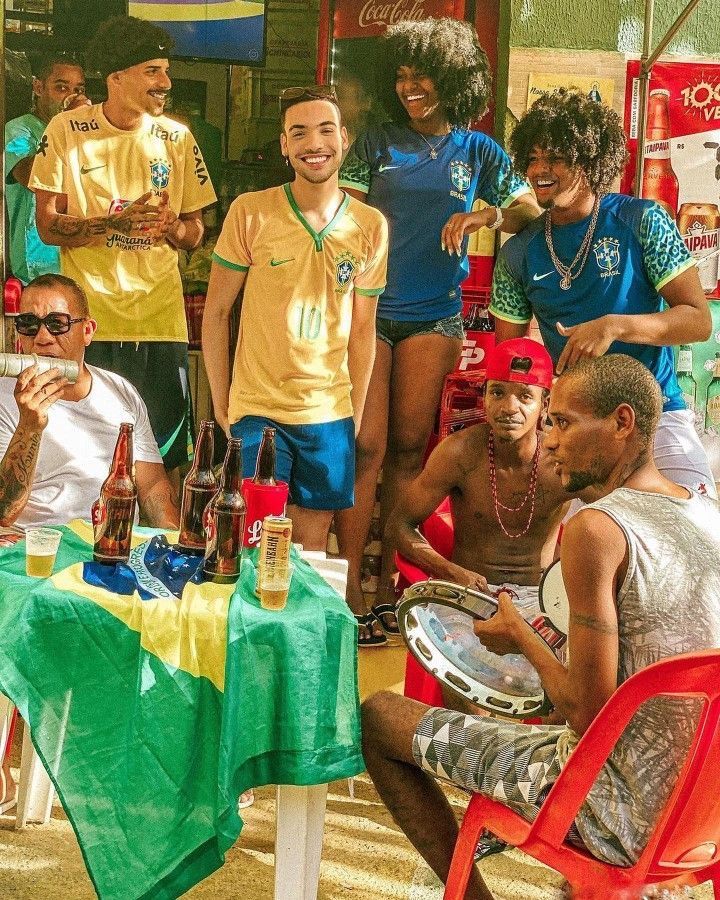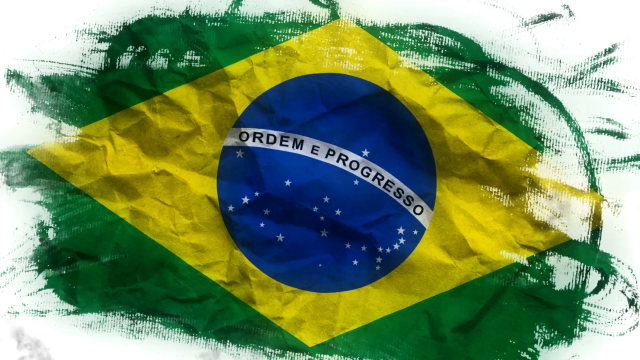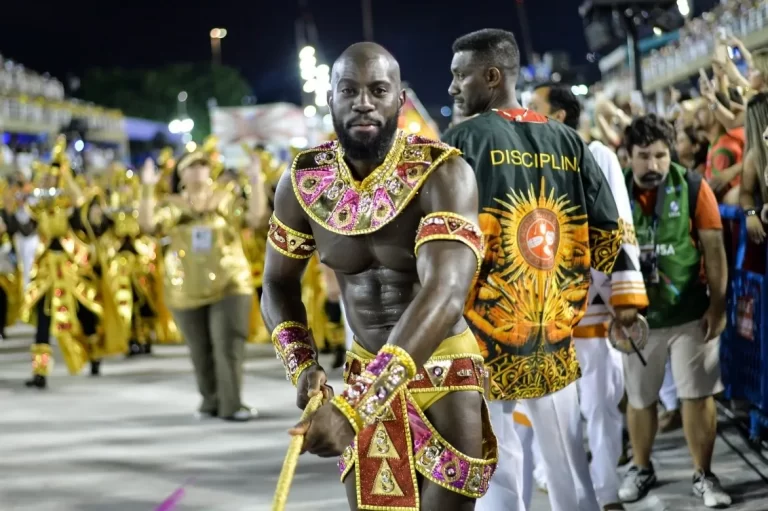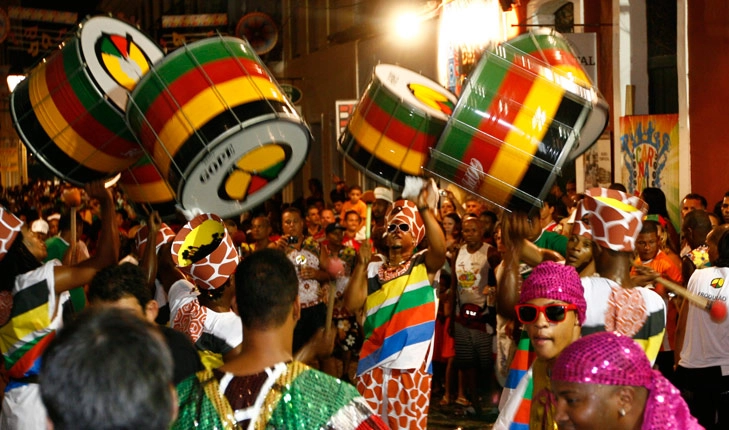
Every year, 2 million people trek to Rio de Janeiro to participate in the largest carnival celebration in the world.
For five days, Brazil lights up with endless parades, parties and a multitude of street activities. Carnival is a 300-plus year celebration that started with a crude replication of a European festival by Portuguese immigrants and locals. Today, celebrations in Brazil, and in particular, Rio de Janeiro are magnificent productions of complex rituals and pageantry.






Entrudo roots
Carnaval derives from the Latin term, carnem levare, which means “taking away meat.” Rooted in the timeline of Catholic church’s praying season called Lent, carnaval segues Catholics in their 40-day devotion to fasting and praying that leads up to Easter. Part of their sacrifice is to abstain from eating meat. As a result, carnaval encourages gluttonous consumption of food delicacies along with other self-indulgences such as alcohol, sex, social engagements and behavior that might be considered deviant.
Brazil’s carnaval documents back to as early as 1603, when Portuguese descendants transported Entrudo, a festival of mischief and fun before the Lent season. Locals who engaged in the activities are called, foliões, a name that still sticks with celebrants. Carnaval attendees threw buckets, barrels, trash and human waste.
The original carvanal was quite violent, but grew into an aesthetic once Africans and Natives brought their traditions of beauty, masquerade and ritual. By 1641, the public playing turned into musical processions, and was considered the first official carnaval as we know it today. Through out the years, authorities have banned then lifted restrictions on Entrudo. For hundreds of years, Portuguese authorities banned masks due to the violence during the time and frequent acts of resistance by enslaved Africans.
Once the government realized the positive outcomes of carnaval, it increased its legislative and financial support of the event. Still today, violence and tense political climates considerably slow down are cease during canraval.





Samba, mi samba
Dance, song and musicianship sits at the core of carnaval. At the core of the performance is Samba, a musical genre brought over by Africans from the Congo, Benin and present-day Nigeria. Samba became the official sound of carnaval in the mid-1900s. Before then, music such as the waltz, habanera, quadrille and the schottische selections played during street processions. Although these songs were European, Africans also performed musicals from their traditions with drums and danced the jongo and another choreograph called singing.




Now, the Samba parade and competition in Rio de Janeiro’s Sambodromo arena, is the biggest attraction during carnaval. Whereas Trinidad has bands and New Orleans brass bands during their parades, in Rio, the competition is between samba schools that unveil flamboyant costumes, lengthy choreography, and massive interactive, decorated floats in the city’s Sambodromo.
Samba schools are clubs, associations and training academies dedicates to preserving and showing the Afro-Brazilian musical genre and culture formed around Samba. Members of samba schools dance, march and drum, creating spectacular shows around samba music.
The productions are so extensive that Carnaval is a year-long preparation for parade participants who dedicate hundreds of hours a year to make costumes. Other participants choreograph routines and rehearse them with members of Samba schools while musicians compose carnaval songs. then competing for the top spot in the major festival in the Sambadromo, a amphitheater serving as the center of Rio’s carnaval.




The drum
If Samba music is at the core of carnaval than drums are the heartbeat of the festivity. During the time, drum playing is everywhere. Percussion ensembles for carnaval are often dominated by drums. From, street processions with ad hoc musicians that dot the informal gatherings throughout Brazil to formally formed groups called blocos , their playing can go on for hours as onlookers dance to the various beats of the Brazil.
Street musicianship during carnaval in Brazil evolved from simple playing to percussion ensembles called blocos that are in the hundreds. The groups, a collective of drums, Agogô, berimbaus, gazas, rocars, chocalhos and a host of instruments to create a polyrhythmic that lights up the streets. While musicans play and sing songs, they keep the crowd in a festive mood. Some of the most popular blocos are from Bahia, Ile Aiye and Olodum.






The muses of carnaval
In front of every samba school is a woman dressed in feathers and glitters who saunters and Samba dances throughout the parade. She is a passista or the principal dancer for a samba school. Another term used is godmother. During the parade, the passista leads a group of about a 12 to 20 women who are dressed fabulously, but not as extravagant. The passista sets the tone of the school during the prcoession.
Often passistas were revealing costumes showing off perfectly sculpted physiques that go with the culturally accepted norm of celebrating the body. One of the top passistas, or principal dancers of Samba, Egili Oliveira. Typically, passistas have been fair-skinned or mixed-raced women, which tells of Brazil’s issues with colorism. Olivera’s popularity surpassed the country’s deep-seeded racial issues. Due to Oliveira’s groundbreaking work, the hues of carnaval passistas have started to diversify.














Spirituality and religion
Heavily interwoven in Brazil’s carnival is the African-based spiritual system Candomblé, which has roots in Yoruba, Benin and Congo enslaved Africans. Enslaved Africans used Catholic saints to hide their Candomblé practices. Over the years, European influence is still seen, but during carnival, Candomblé praises the rich African tradition retained in Brazil; especially since it has the most people of African descent in the Americas, and arguably outside of Africa.
Due to Brazil’s practices of syncretism, meaning that religious systems hide in the dominant one, the carnaval shows other spiritual systems practiced too.









Rep’ your flag
Each Samba school has a flag with it’s symbol. In turn, during carnival, there is a flag bearer and escort called the Porta Bandeira and Mestre Sala. They are the first couple who comes dancing with the school’s flag in their hand. While There are several flag bearers representing their school, but the first ones have to make an impression upon the judges.









Women’s power
Another visual in the parade are the Baianas, women who dress in the traditional Afro-Brazilian attired from Bahia. Consisting of dresses with large, hoop skirts and a bulbous head wrap, the Baianas are a significant and iconic symbol in the parade thought to exude female power and spirituality. In the traditional Yoruba spiritual system, women hold the most power, thus this is passed on in the Baianas groups who often twirl and dance in their own competition separate of Samba.





















Redemption songs
Carnival has been a time to disrupt narratives and implement the memories of peoples often left out of history books. As of late, certain samba schools use the carnival platform to talk about unsavory pasts such as Brazil’s chattel slave system. This past carnival, the group Mangueira challenged national archives that left out Natives and Blacks, as well as, called attention to authorities in finding then prosecuting the persons behind the murder of activist Marielle Franco in 2018.





Asia in Brazil
After World War II, many Japanese immigrated to Brazil along with Nazi Germans. Today, Brazil holds the largest Japanese population outside of their island-nation. Generations later, Japans influence, along with the arrival of other Asian groups, such as Koreans and Indians, is especially visible in São Paulo’s festivities.




Parade spectacles
Along with hundreds of dancers, singers and musicians in samba schools are massive interactive floats. From flyboarding in water to simulating a sinking ship or breathing dragon, the engineering of the floats make Macy’s Thanksgiving parade floats look like they were built with knockoff Legoland’s plastic toy bricks.








Rio de Janeiro is not the only city to put on magnificent carnival parades. São Paolo, the capital of Brazil hosts a spectacular party almost rivaling Rio. In Salvador, a city in Bahia, the festival is rooted in African and Afro-Brazilian culture. Locals go back to their heritage and perform Yoruba and African dances. Wherever you go in Brazil during carnaval, you will be immersed in a celebration cultivated for more than three centuries.

